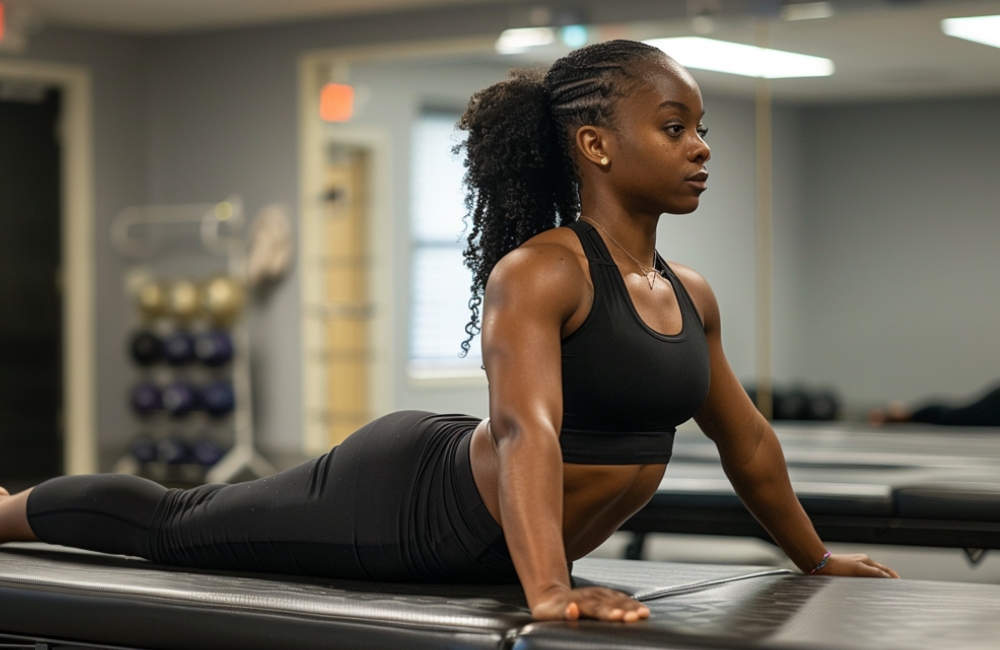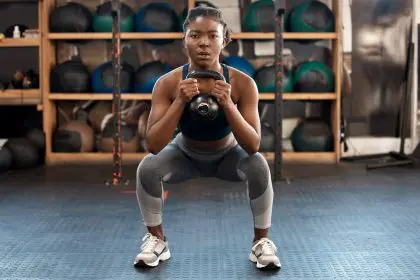The explosion of reformer Pilates videos across social media platforms has sparked intense debate about this century-old exercise method’s ability to build muscle. As fitness enthusiasts increasingly prioritize strength over traditional aesthetic goals, understanding the scientific evidence behind Pilates and muscle development becomes crucial for informed exercise choices.
Modern research challenges traditional beliefs
Seven key findings emerge from recent scientific investigations into Pilates and muscle development. First, research indicates that muscle activation during Pilates exercises primarily targets endurance-focused slow-twitch muscle fibers. Second, resistance levels in traditional Pilates typically fall below thresholds necessary for significant hypertrophy. Third, beginners may experience initial strength gains due to neuromuscular adaptations rather than muscle growth.
Understanding muscle development mechanisms
The process of muscle growth requires specific conditions that traditional Pilates sessions rarely meet. Current exercise science emphasizes the need for progressive overload, adequate resistance and sufficient time under tension to stimulate meaningful hypertrophy. While equipment provides variable resistance, most exercises focus on controlled movements that enhance muscle endurance rather than size.
Modern research demonstrates that muscle hypertrophy typically requires resistance levels between 65 to 85 percent of maximum capacity, with repetitions ranging from 6 to 12 per set. Traditional Pilates exercises often involve higher repetitions with lower resistance, primarily improving muscular endurance and movement control rather than stimulating significant growth.
Documented physical adaptations
Recent studies examining bodily changes from regular Pilates practice reveal intriguing patterns. Previously sedentary individuals often experience measurable improvements in core muscle thickness during their first months of practice. However, these changes typically plateau without continued progression in resistance or intensity.
Research conducted at major sports medicine facilities indicates that while Pilates effectively strengthens deep stabilizing muscles, it may not provide sufficient stimulus for visible muscle growth in larger muscle groups. This finding helps explain why practitioners often report feeling stronger without significant changes in muscle size.
Benefits beyond muscle growth
While Pilates may not serve as the primary tool for muscle hypertrophy, scientific evidence supports numerous other physiological benefits. Research demonstrates improved posture, enhanced movement efficiency and better muscle recruitment patterns among regular practitioners. These adaptations can complement traditional strength training programs and potentially enhance overall athletic performance.
Longitudinal studies reveal that consistent Pilates practice leads to improved core stability, reduced injury risk and enhanced movement quality across various athletic activities. These benefits stem from the method’s emphasis on precise movement control and proper muscle activation patterns rather than raw strength development.
Optimizing Pilates for strength goals
For individuals seeking to maximize strength gains while maintaining practice, research suggests several evidence-based modifications. Incorporating additional resistance, reducing repetitions and increasing movement velocity during certain exercises can help shift the training stimulus toward strength development rather than pure endurance.
Contemporary Pilates instructors have begun integrating principles from strength science into their teaching methods. This evolution includes incorporating periodic overload principles, varying movement tempos and strategically programming exercise sequences to enhance strength development while maintaining the core principles of control and precision.
Creating effective training combinations
Research indicates that optimal results often come from combining different training modalities. A well-designed exercise program might include traditional strength training sessions for primary muscle development, complemented by Pilates work to enhance movement quality and muscular control.
Evidence suggests this integrated approach can produce superior results compared to either method alone. The precision and body awareness developed through Pilates practice can enhance lifting technique and muscle recruitment during strength training sessions, while the increased strength from resistance training can improve Pilates performance.
Further research demonstrates that alternating between strength-focused sessions and Pilates workouts may help reduce overtraining risk while maintaining consistent progress. This balanced approach allows for adequate recovery while continuing to challenge the body through different movement patterns and training stimuli.
Training frequency recommendations based on current evidence suggest 2 to 3 strength-focused sessions per week, supplemented with 1 to 2 sessions for optimal results. This schedule provides sufficient stimulus for muscle development while allowing time for recovery and movement quality work.
Exercise scientists emphasize the importance of understanding individual goals when designing a training program. While Pilates alone may not optimize muscle growth, its benefits for movement quality, core stability and body awareness make it a valuable component of a comprehensive fitness routine aimed at long-term health and performance.
















